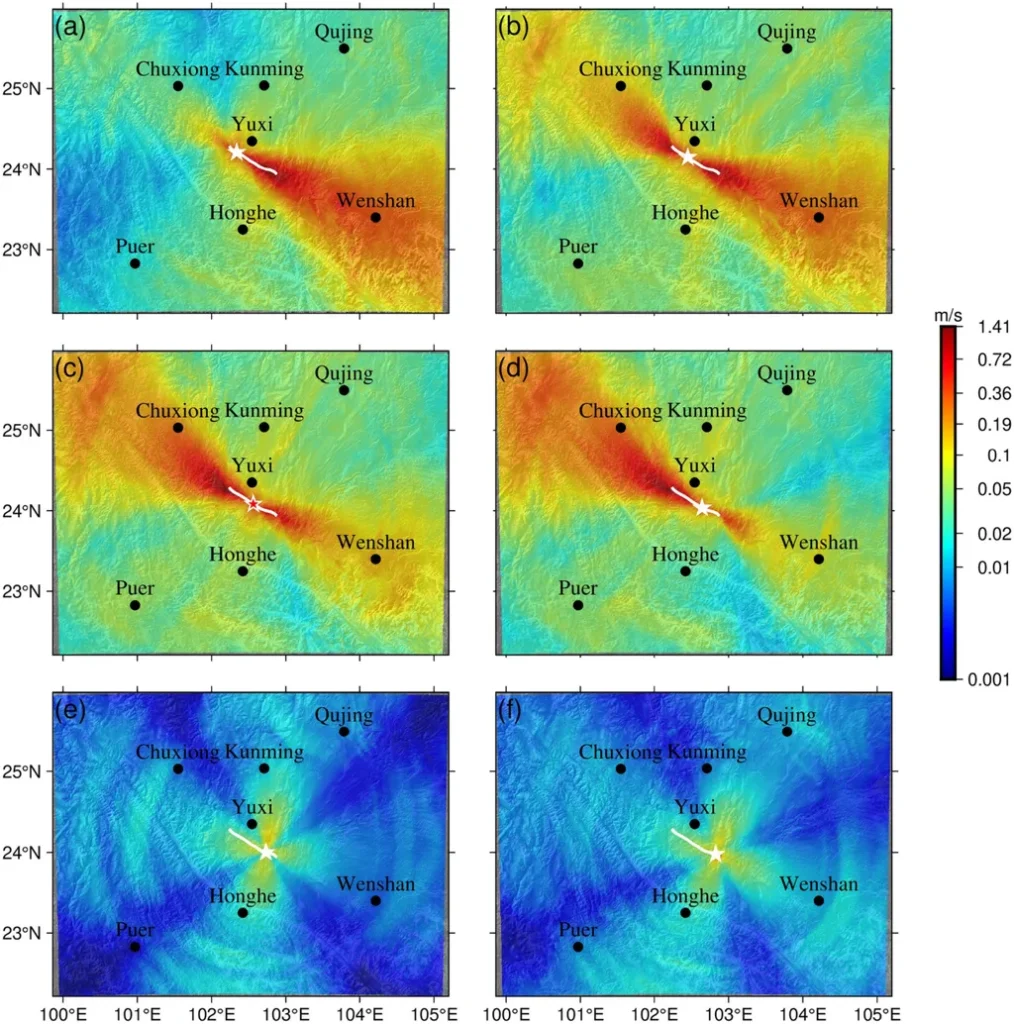In the high-stakes world of energy infrastructure, ensuring the resilience of ultra-high-voltage direct current (UHVDC) transmission lines in regions prone to severe earthquakes is paramount. A recent study published in *Jianzhu Gangjiegou Jinzhan* (Advances in Structural Engineering) sheds light on the seismic response of these critical structures, offering insights that could reshape how engineers approach their design and construction. Led by Zheng Zhixiang, the research delves into the seismic performance of a UHVDC transmission line under a 9-degree seismic fortification intensity, a level of seismic activity that demands rigorous scrutiny.
The study employed spatial finite element modeling to simulate the dynamic characteristics of the transmission tower-line system, comparing different modeling approaches and computational methods to evaluate seismic responses. One of the key findings was the significant role of ground wires in mitigating seismic effects. “Ground wires notably reduce the frequency of the transmission tower, providing a certain degree of seismic mitigation,” Zheng explained. However, the research also revealed that neglecting ground wires in seismic response calculations could lead to an underestimation of the internal forces in cross-arm members, a critical oversight that could compromise structural integrity.
The analysis further highlighted that while seismic effects generally contribute less to the overall design load of transmission towers, certain components—such as the main materials at the tower’s slope change points and the upper tensile materials at the conductor suspension points in tension towers—experience internal forces that exceed 80% of their design load capacity under seismic conditions. These findings point to potential weak points in the structure that may warrant additional reinforcement.
For the energy sector, the implications are substantial. As UHVDC transmission lines become increasingly vital for long-distance, high-capacity power transmission, ensuring their resilience in seismic zones is not just a technical challenge but a commercial imperative. The research suggests that while overall seismic effects may not dominate the design process, targeted reinforcement of specific components could enhance the reliability and longevity of these structures, ultimately reducing maintenance costs and downtime.
Zheng’s work also underscores the importance of accurate modeling and computational methods in seismic analysis. By comparing different approaches, the study provides a framework for more precise and reliable assessments, which could guide future design standards and practices.
As the energy sector continues to expand into regions with complex geological challenges, research like Zheng’s will play a crucial role in shaping the future of infrastructure development. By addressing the nuances of seismic performance, engineers can build transmission lines that are not only efficient and cost-effective but also resilient in the face of nature’s most formidable forces. The findings published in *Jianzhu Gangjiegou Jinzhan* offer a compelling case for integrating advanced seismic analysis into the design process, ensuring that the backbone of our energy grid remains robust and reliable.

